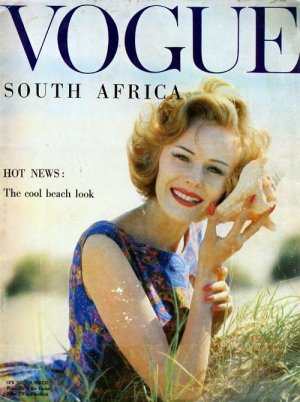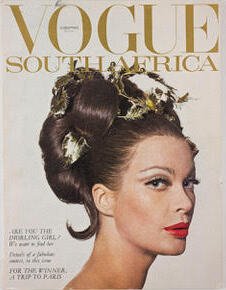callmejaeden
Well-Known Member
- Joined
- Feb 13, 2023
- Messages
- 459
- Reaction score
- 512
Vogue South Africa is probably the most elusive Vogue publication aside from Vogue Argentina, compared to Vogue New Zealand which has almost all of its covers easily available online, I've only been able to find one cover of Vogue South Africa (and one for the British Vogue supplement for South Africa & Rhodesia, which is fully available online and I will post in here).
The earliest mention I have found of Vogue South Africa (within Vogue) is the November 1st 1962 issue and the last mention is the December 1966 issue. The National Library of South Africa's catalogue say they have two volumes (Summer 1963 and Winter 1964). To my knowledge only one cover is available online of the magazine which is a Midsummer issue seen below.

source: _andrewwhiley_ on Instagram.com
The earliest mention I have found of Vogue South Africa (within Vogue) is the November 1st 1962 issue and the last mention is the December 1966 issue. The National Library of South Africa's catalogue say they have two volumes (Summer 1963 and Winter 1964). To my knowledge only one cover is available online of the magazine which is a Midsummer issue seen below.

source: _andrewwhiley_ on Instagram.com



